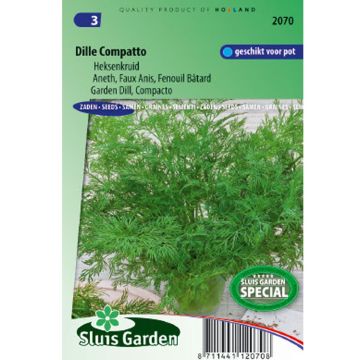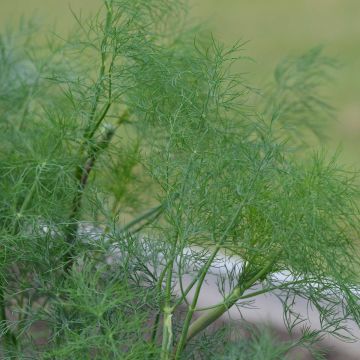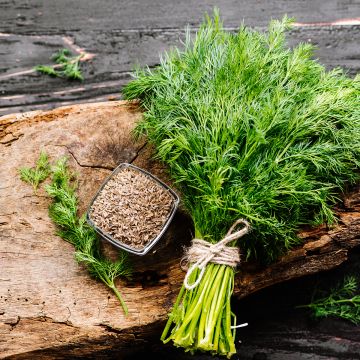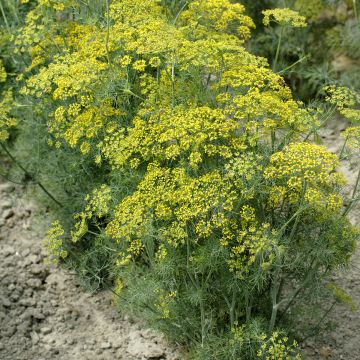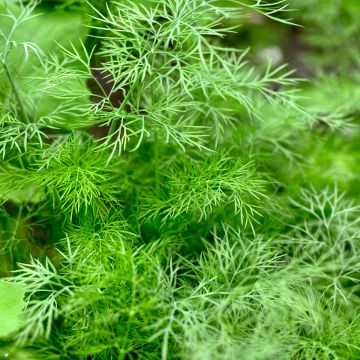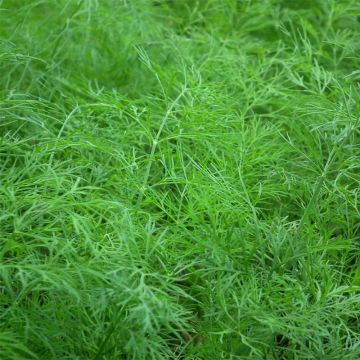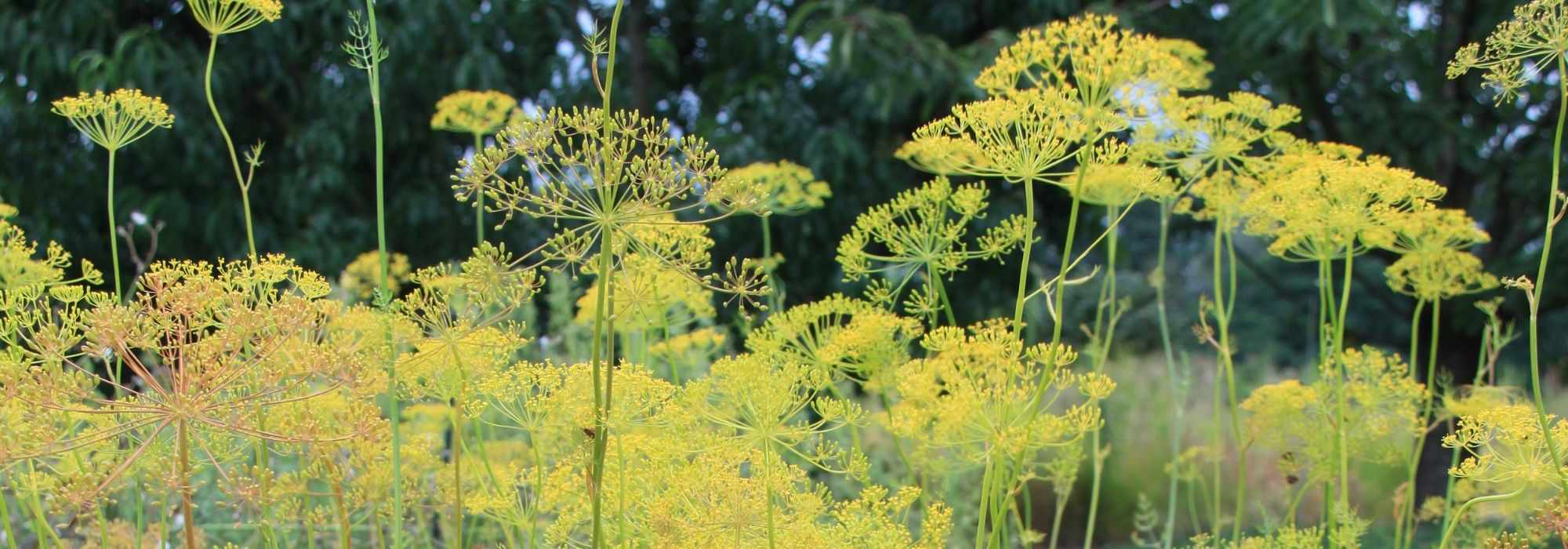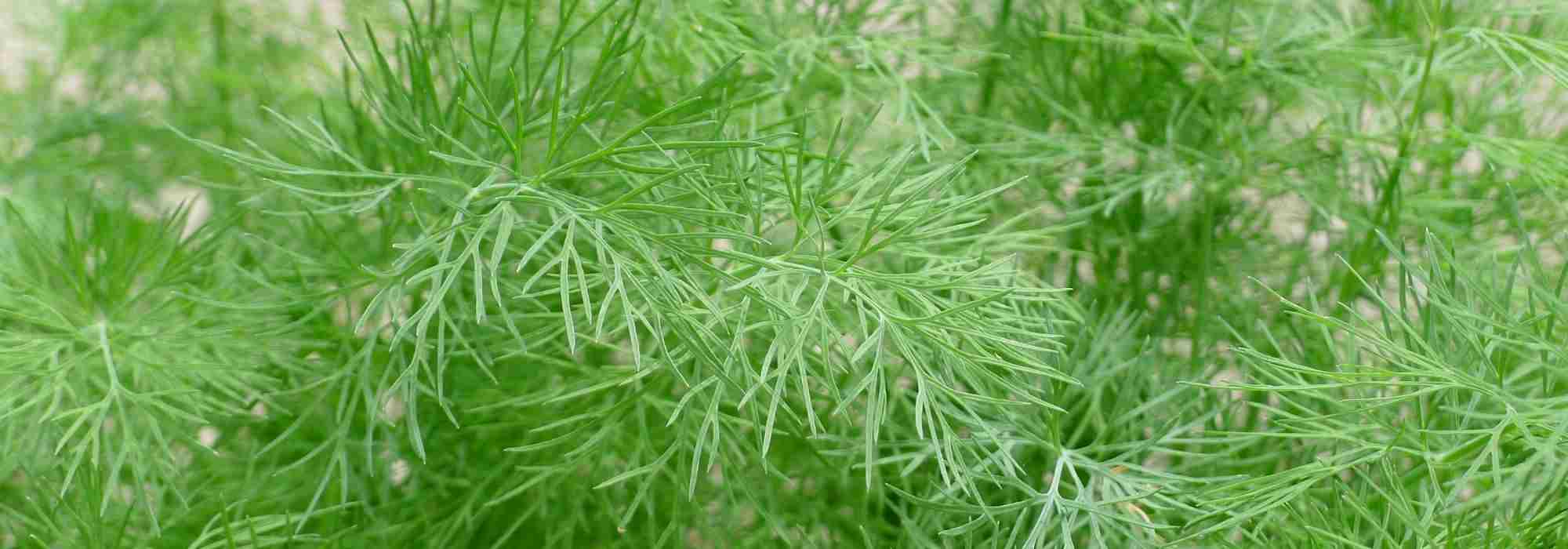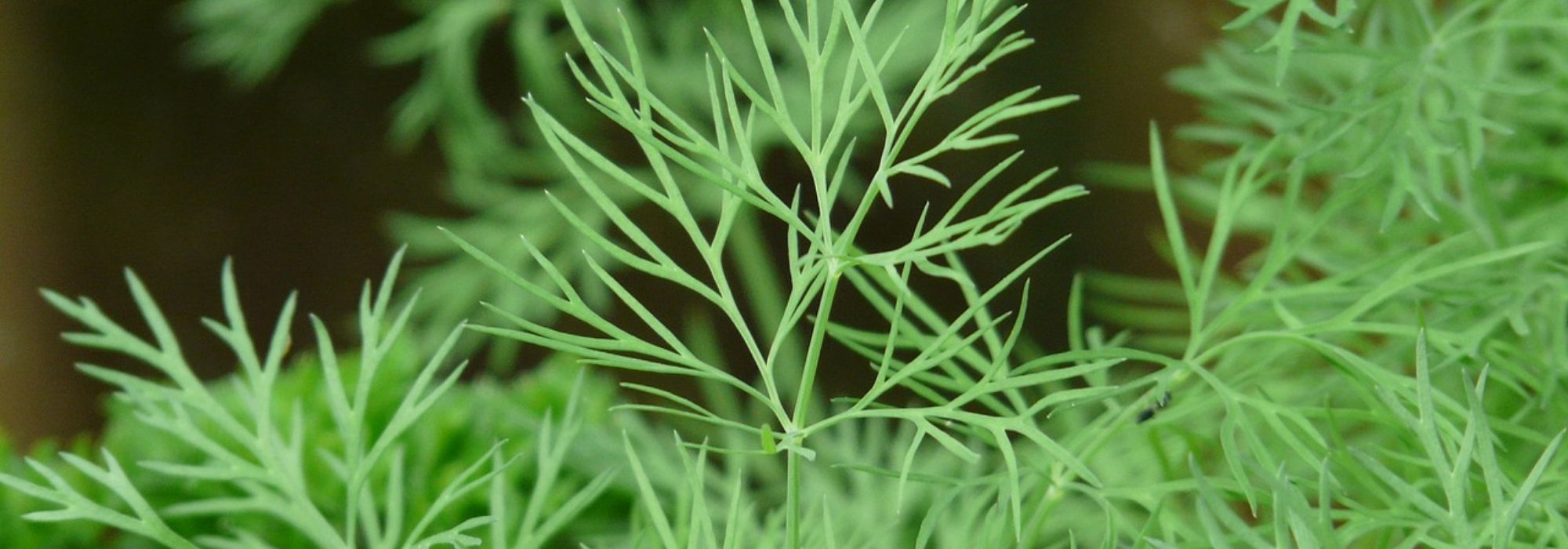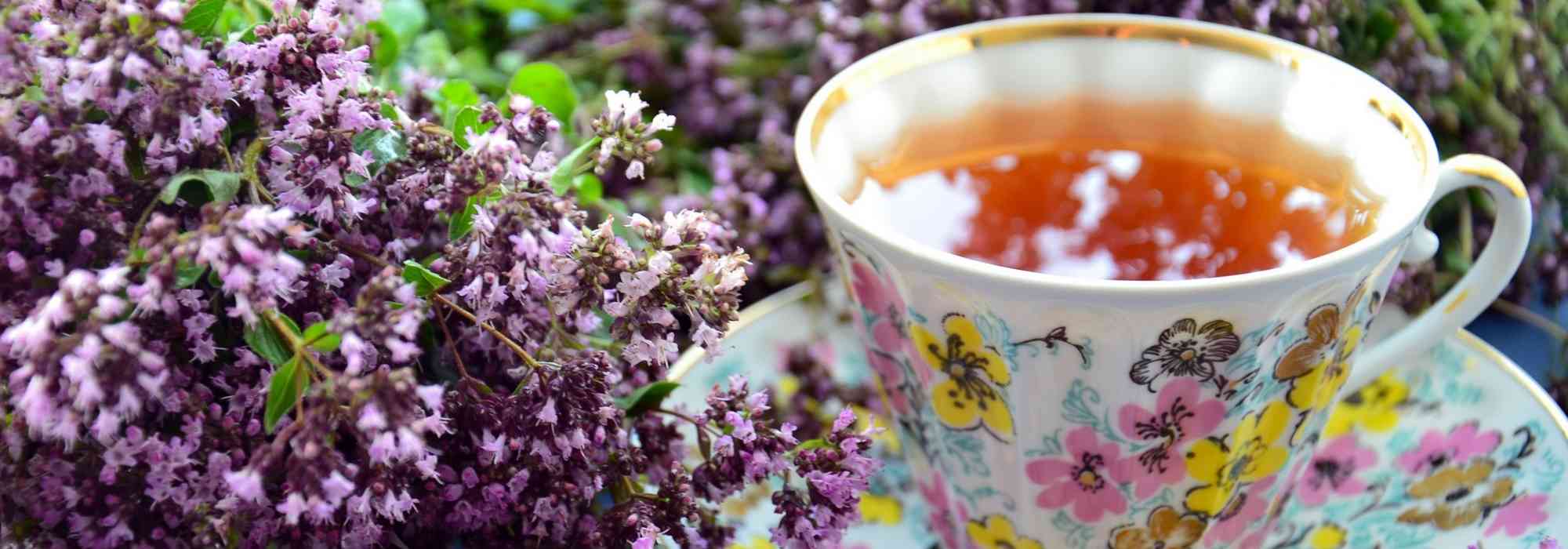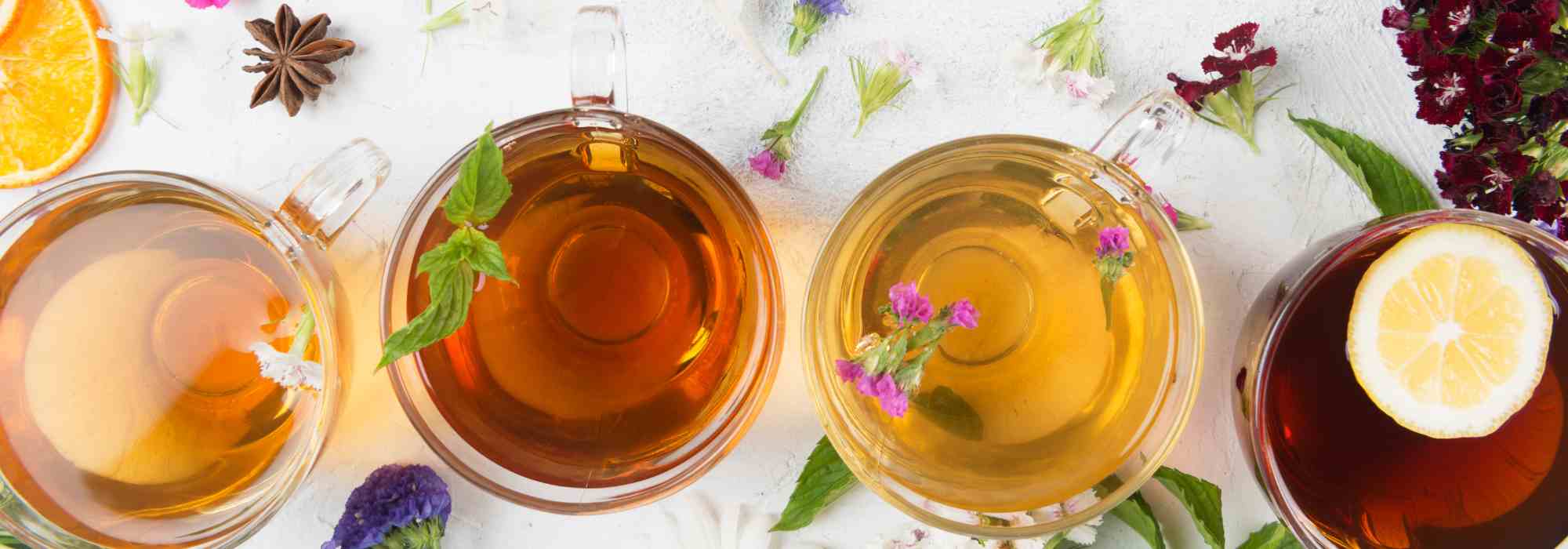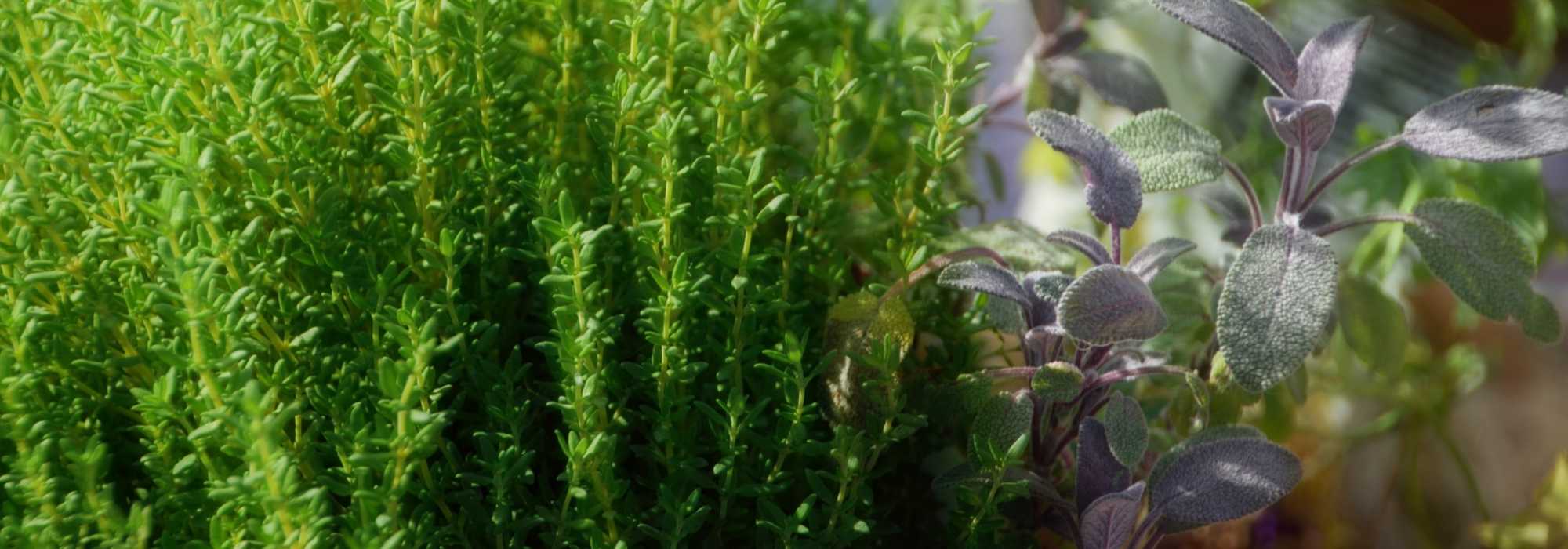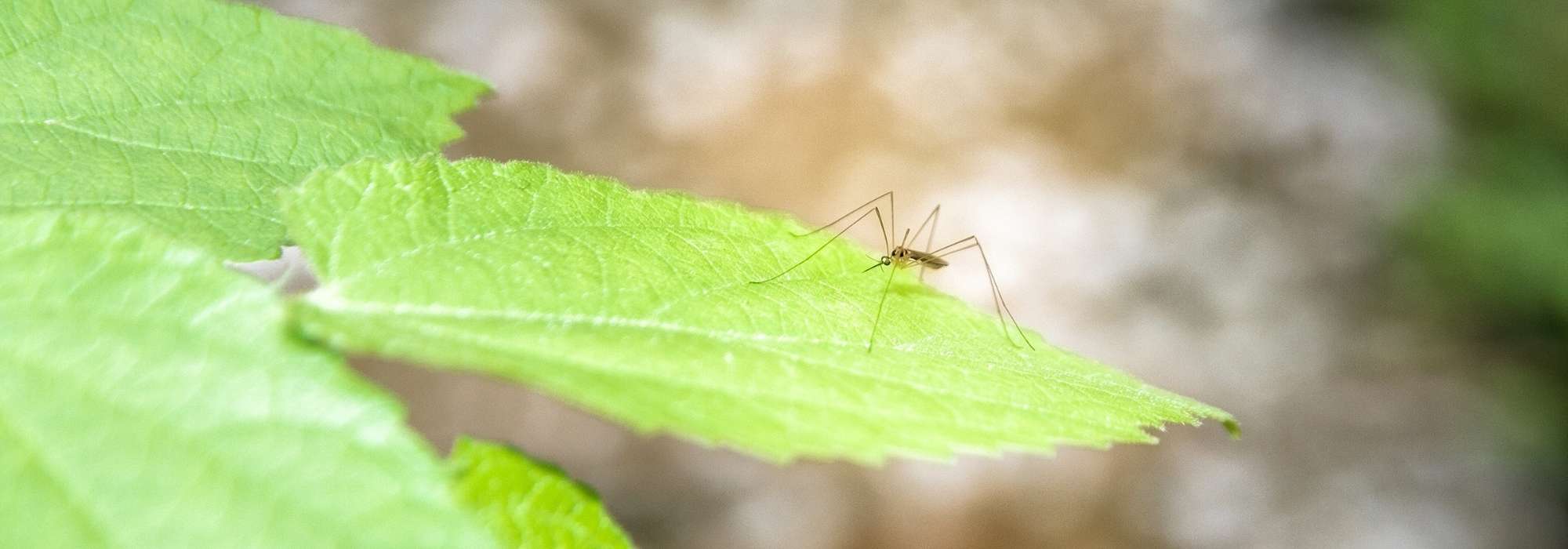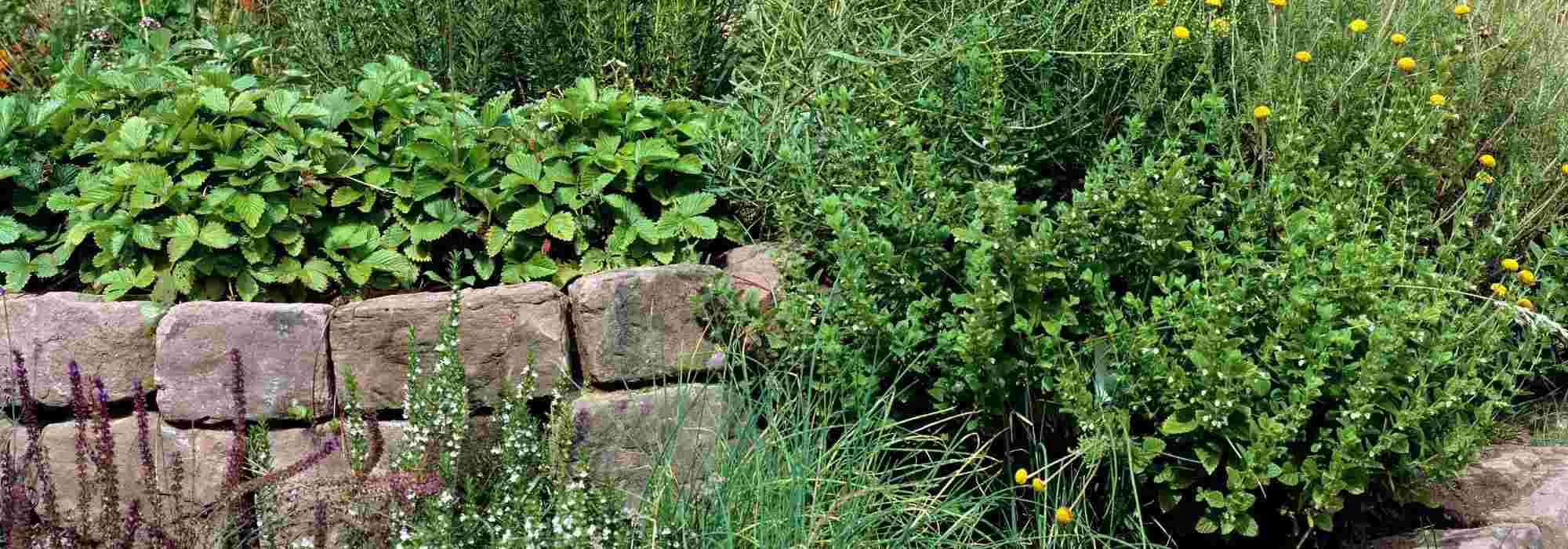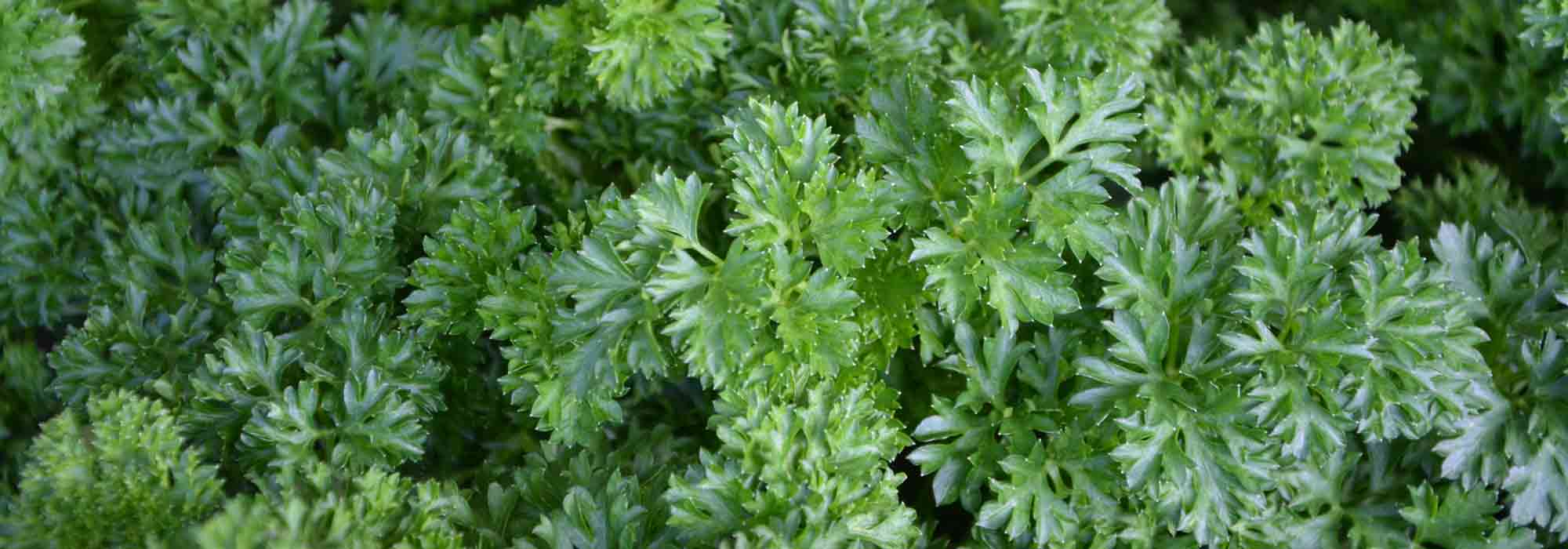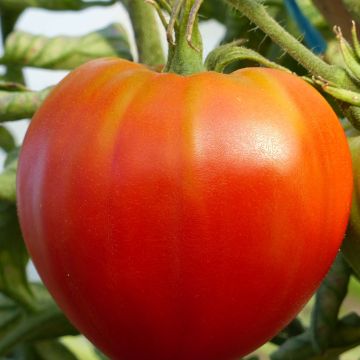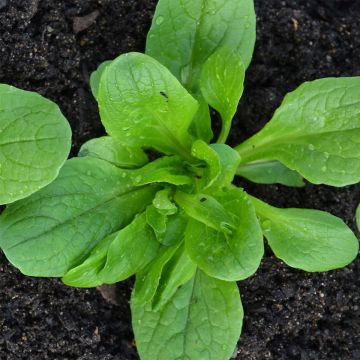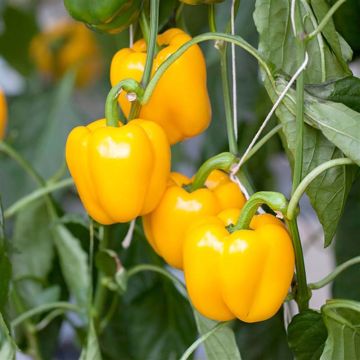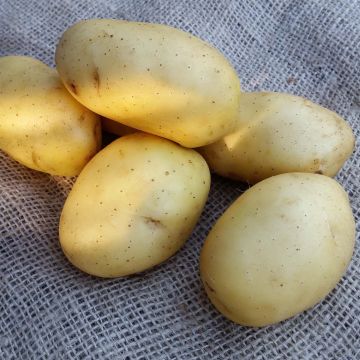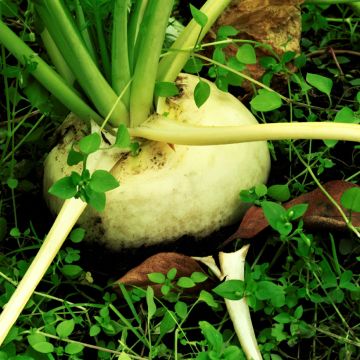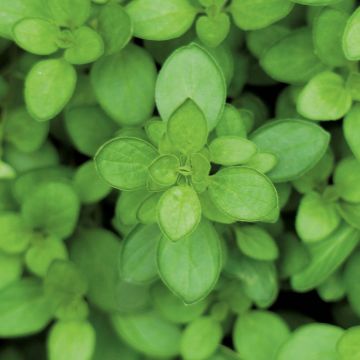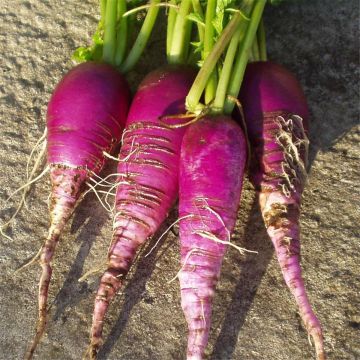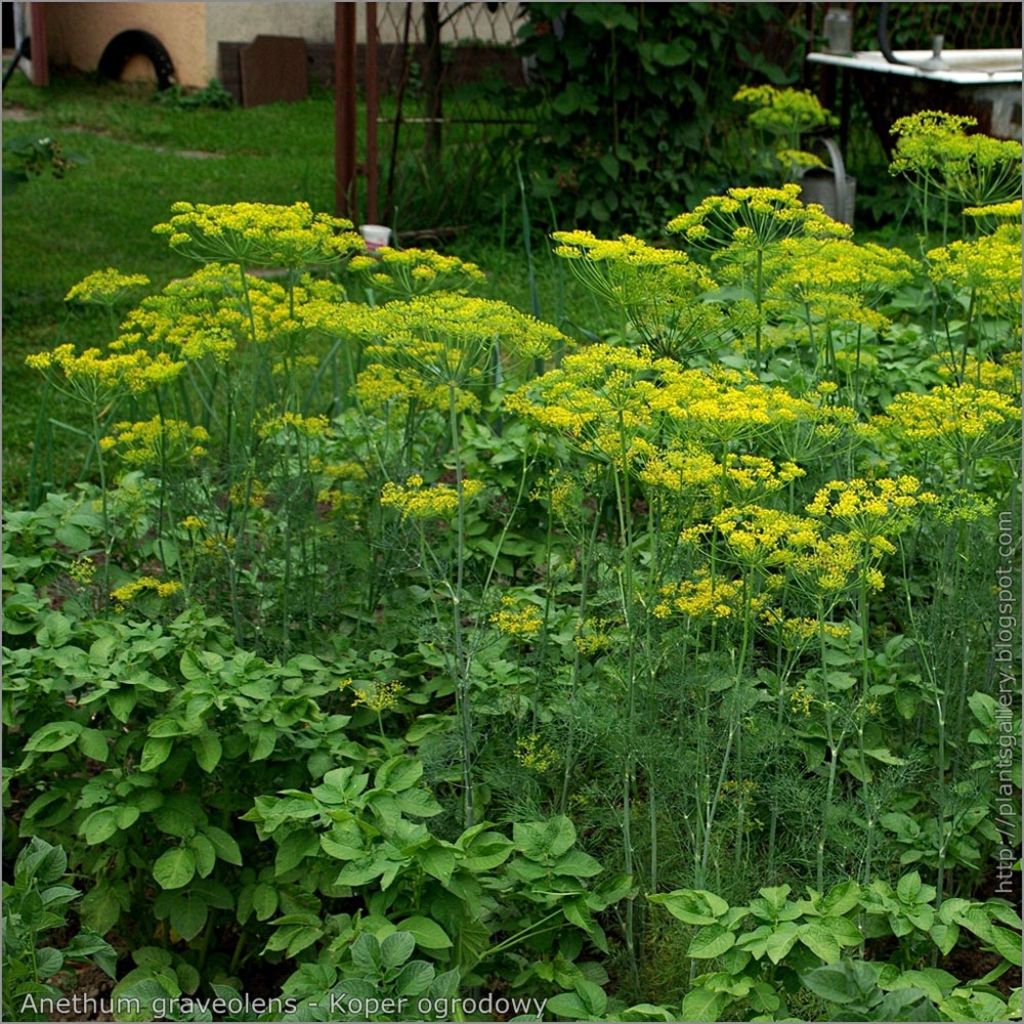

Aneth - Anethum graveolens en plants Bio
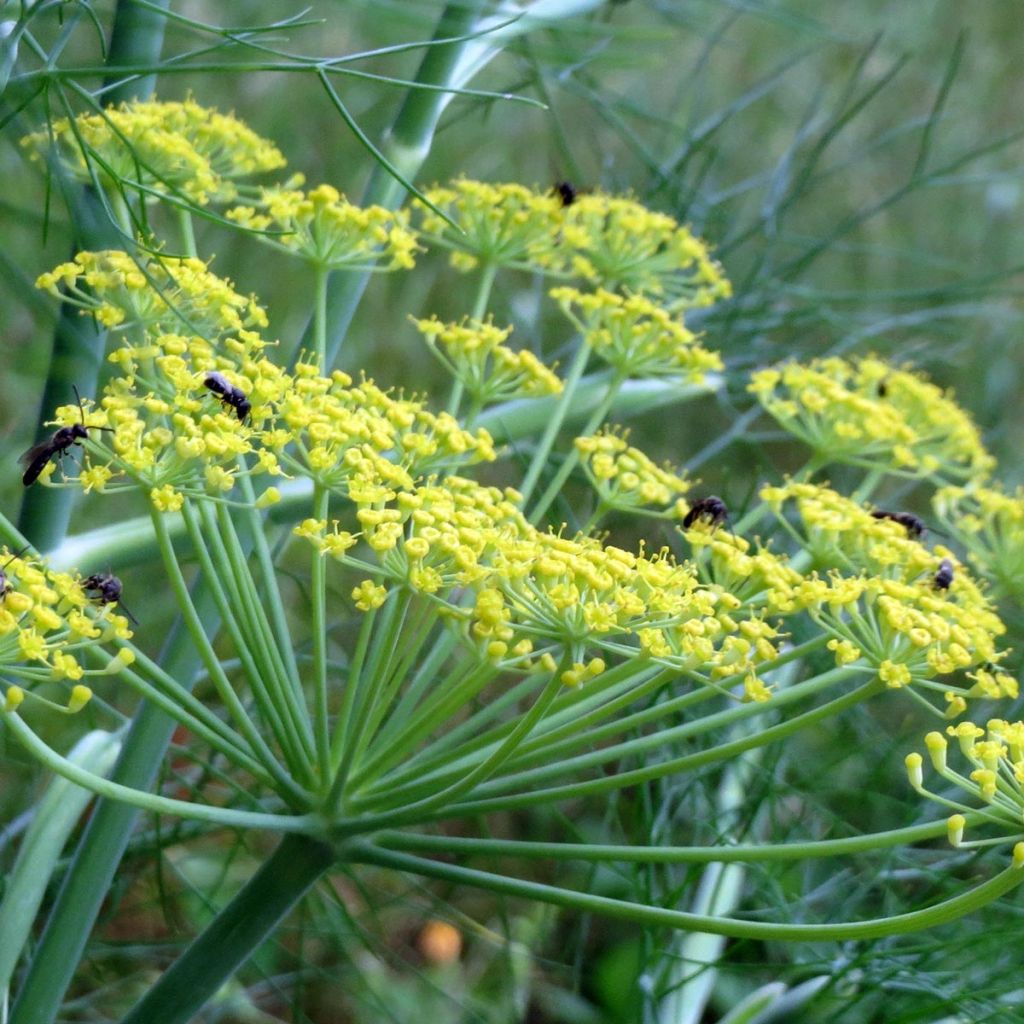

Aneth - Anethum graveolens en plants Bio
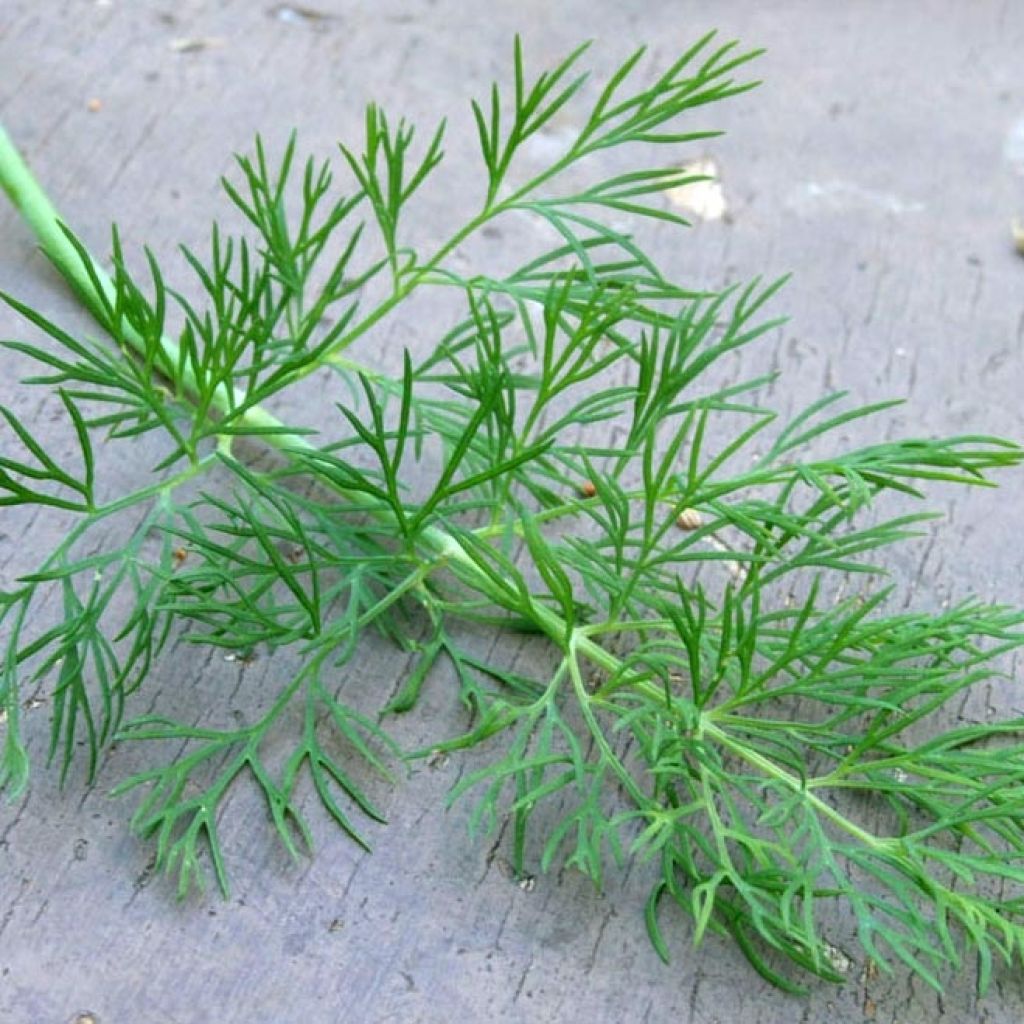

Aneth - Anethum graveolens en plants Bio
Organic Dill plants - Anethum graveolens
Anethum graveolens
Dill, Anet
Special offer!
Receive a €20 voucher for any order over €90 (excluding delivery costs, credit notes, and plastic-free options)!
1- Add your favorite plants to your cart.
2- Once you have reached €90, confirm your order (you can even choose the delivery date!).
3- As soon as your order is shipped, you will receive an email containing your voucher code, valid for 3 months (90 days).
Your voucher is unique and can only be used once, for any order with a minimum value of €20, excluding delivery costs.
Can be combined with other current offers, non-divisible and non-refundable.
In stock substitutable products for Organic Dill plants - Anethum graveolens
View All →This plant benefits a 6 months rooting warranty
More information
We guarantee the quality of our plants for a full growing cycle, and will replace at our expense any plant that fails to recover under normal climatic and planting conditions.
Description of Organic Dill plants - Anethum graveolens
Dill, in Latin Anethum graveolens, is an annual herbaceous plant recognisable by its very fine, almost feathery foliage, which has a delicate but powerful aniseed flavour. It is a species related to fennel, also known as bastard fennel in France, or as False Anise. Native to the Mediterranean Basin and Central Asia, this aromatic plant is curiously more commonly used in Nordic and Anglo-Saxon cooking than in other cuisines around the world. It is particularly used to accompany fish, in sauces and marinades. Dill can also be planted for the attractiveness of its foliage, its beautiful yellow umbel-shaped flowers, and its seeds, which are also used as a condiment. Plant it in spring, after the frost, and harvest the leaves and seeds from May to October.
Our plants are certified organic.
Dill belongs to the Apiaceae family (formerly Umbelliferae). This fast-growing plant germinates, develops, flowers, and produces seeds within a year. Once spontaneous around the Mediterranean, dill spread to the Iberian Peninsula and Eastern Europe before being adopted in many Northern European countries. It prefers well-drained, even rocky soils, and dislikes excessively wet and compacted soils. It forms a tuft with a fluffy appearance that can reach 1m (3ft) in height and 30cm (12in) in width under good conditions. Its foliage consists of strongly divided leaves with thread-like segments in a fairly dark green colour. Dill flowers in summer, earlier or later depending on the climate, in the form of charming umbel-shaped flowers with a beautiful acid yellow colour, perched on long stems. This lightly scented flowering is much visited by bees. It gives way to numerous brown, highly aromatic seeds that ripen in late summer.
In the kitchen: the leaves are consumed raw, finely chopped, always at the end of cooking and at a low heat, as their volatile aromas are destroyed by heat. Dill is cultivated for both its leaves and seeds. It is used to flavour fish, marinades, cold sauces made with cream or yogurt, marinades, eggs, white meats, cottage cheese and also green salads and fruit salads. The flavour of dill works wonders in cucumber dishes with cream, with potatoes, tzatziki, as well as meatballs. Its seeds enhance court-bouillon, breads, pastries, stews, vine leaves, sauerkraut, and provide relief for digestive ailments. Dill can also be consumed as an infusion, as it promotes sleep.
In ornamental gardens: it is also a very pretty annual plant that insects love and can proudly be displayed in ornamental gardens or in wildflower bouquets. Plant it in a sunny spot with rich, light, and well-drained soil.
Harvest: at the beginning of growth harvest the leaves as needed, then enjoy its beautiful flowering for a few weeks. After it goes to seed, cut the flowers, harvest the seeds, and dry them on newspaper or fabric.
Storage: dill leaves and seeds can be stored in airtight containers after drying in the shade.
Gardening tips: Dill is a good companion for many of your vegetable plants: it repels carrot flies, aphids, spider mites, and leek moths. Being near cabbage makes dill more resistant and productive.
Organic Dill plants - Anethum graveolens in pictures
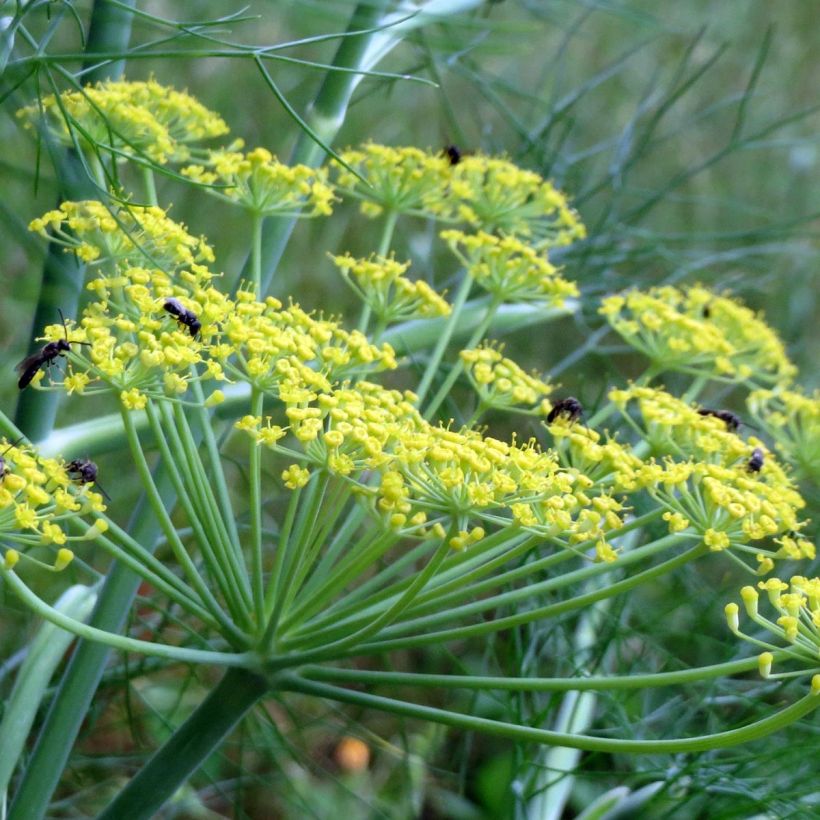

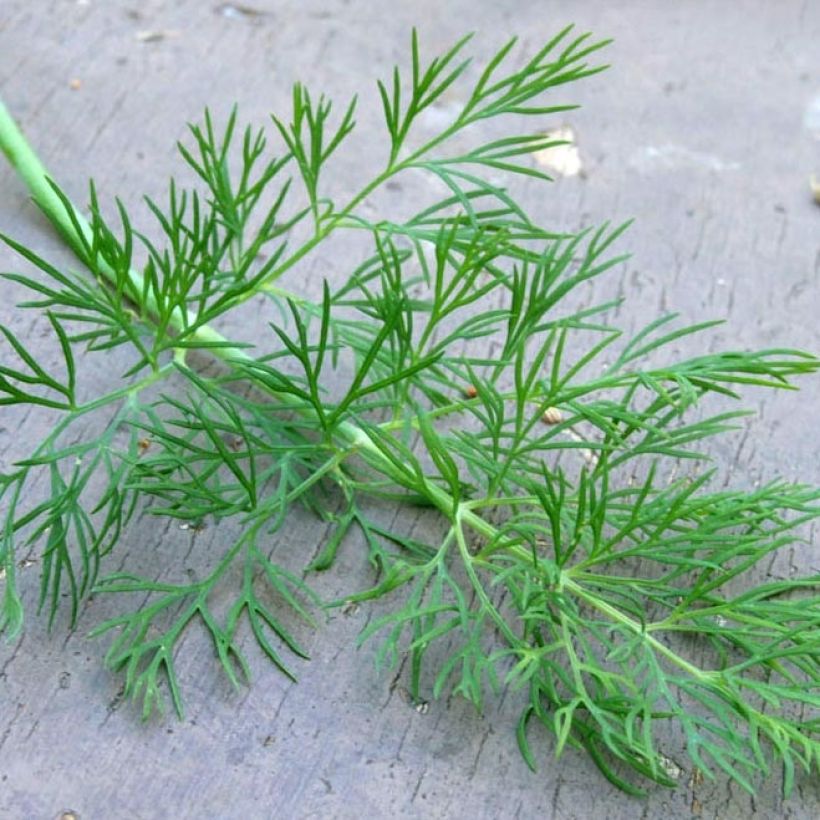

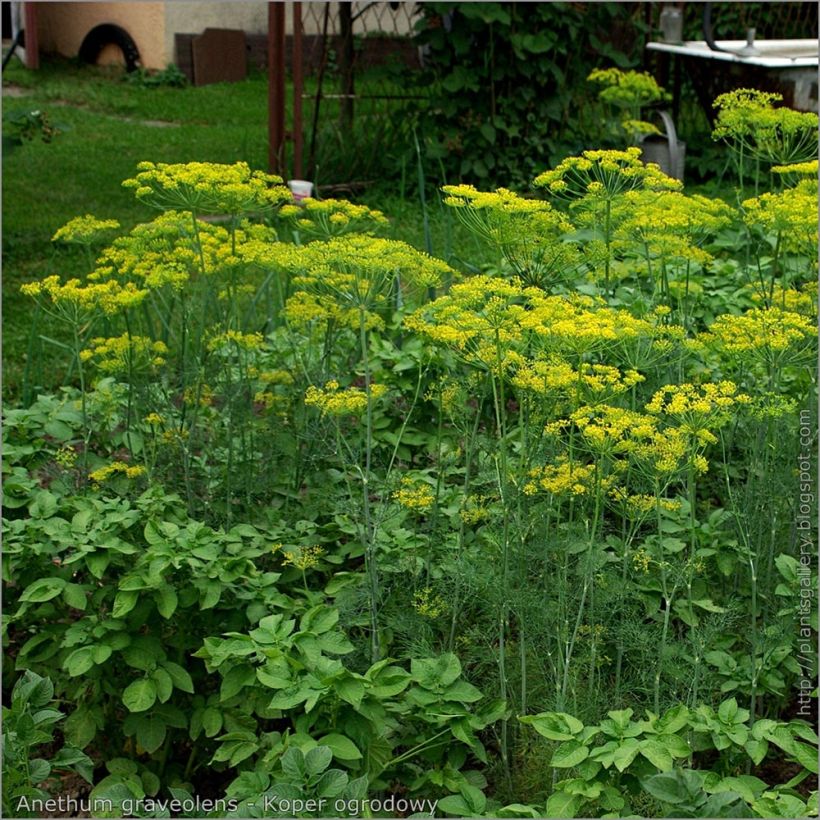

Harvest
Plant habit
Foliage
Other Dill
View All →Planting of Organic Dill plants - Anethum graveolens
Dill appreciates light and well-drained soils, it dislikes excess moisture and very heavy soils. Choose a sunny spot. Planting is done in spring, in April-May.
In the ground: If necessary lighten your soil with compost and coarse sand, and apply compost the previous autumn, by working in to 5cm (2in) depth after loosening the soil. Space the plants 40 cm (16in) apart in all directions. Dig a hole (3 times the volume of the root ball) and install some gravel at the bottom to facilitate drainage. Cover with a little soil, insert the root ball and cover with fine soil again. Firm and water.
Maintenance: Maintenance is low and requires simple watering (or preventive mulching) when the soil dries out excessively. Lack of water (water stress) can cause dill to go to seed. In nature, this plant adapts its biological rhythm to the climate and produces its seeds before the arrival of summer heat.
Then harvest the leaves as needed. The leaves that appear before flowering are the most interesting in terms of taste.
Crop
Care
Where to plant?
Planting & care advice
This item has not been reviewed yet; be the first to leave your review about it.
Similar products
You have not found what you were looking for?
Hardiness (definition)

Photo Sharing Terms & Conditions
In order to encourage gardeners to interact and share their experiences, Promesse de fleurs offers various media enabling content to be uploaded onto its Site - in particular via the ‘Photo sharing’ module.
The User agrees to refrain from:
- Posting any content that is illegal, prejudicial, insulting, racist, inciteful to hatred, revisionist, contrary to public decency, that infringes on privacy or on the privacy rights of third parties, in particular the publicity rights of persons and goods, intellectual property rights, or the right to privacy.
- Submitting content on behalf of a third party;
- Impersonate the identity of a third party and/or publish any personal information about a third party;
In general, the User undertakes to refrain from any unethical behaviour.
All Content (in particular text, comments, files, images, photos, videos, creative works, etc.), which may be subject to property or intellectual property rights, image or other private rights, shall remain the property of the User, subject to the limited rights granted by the terms of the licence granted by Promesse de fleurs as stated below. Users are at liberty to publish or not to publish such Content on the Site, notably via the ‘Photo Sharing’ facility, and accept that this Content shall be made public and freely accessible, notably on the Internet.
Users further acknowledge, undertake to have ,and guarantee that they hold all necessary rights and permissions to publish such material on the Site, in particular with regard to the legislation in force pertaining to any privacy, property, intellectual property, image, or contractual rights, or rights of any other nature. By publishing such Content on the Site, Users acknowledge accepting full liability as publishers of the Content within the meaning of the law, and grant Promesse de fleurs, free of charge, an inclusive, worldwide licence for the said Content for the entire duration of its publication, including all reproduction, representation, up/downloading, displaying, performing, transmission, and storage rights.
Users also grant permission for their name to be linked to the Content and accept that this link may not always be made available.
By engaging in posting material, Users consent to their Content becoming automatically accessible on the Internet, in particular on other sites and/or blogs and/or web pages of the Promesse de fleurs site, including in particular social pages and the Promesse de fleurs catalogue.
Users may secure the removal of entrusted content free of charge by issuing a simple request via our contact form.
The flowering period indicated on our website applies to countries and regions located in USDA zone 8 (France, the United Kingdom, Ireland, the Netherlands, etc.)
It will vary according to where you live:
- In zones 9 to 10 (Italy, Spain, Greece, etc.), flowering will occur about 2 to 4 weeks earlier.
- In zones 6 to 7 (Germany, Poland, Slovenia, and lower mountainous regions), flowering will be delayed by 2 to 3 weeks.
- In zone 5 (Central Europe, Scandinavia), blooming will be delayed by 3 to 5 weeks.
In temperate climates, pruning of spring-flowering shrubs (forsythia, spireas, etc.) should be done just after flowering.
Pruning of summer-flowering shrubs (Indian Lilac, Perovskia, etc.) can be done in winter or spring.
In cold regions as well as with frost-sensitive plants, avoid pruning too early when severe frosts may still occur.
The planting period indicated on our website applies to countries and regions located in USDA zone 8 (France, United Kingdom, Ireland, Netherlands).
It will vary according to where you live:
- In Mediterranean zones (Marseille, Madrid, Milan, etc.), autumn and winter are the best planting periods.
- In continental zones (Strasbourg, Munich, Vienna, etc.), delay planting by 2 to 3 weeks in spring and bring it forward by 2 to 4 weeks in autumn.
- In mountainous regions (the Alps, Pyrenees, Carpathians, etc.), it is best to plant in late spring (May-June) or late summer (August-September).
The harvesting period indicated on our website applies to countries and regions in USDA zone 8 (France, England, Ireland, the Netherlands).
In colder areas (Scandinavia, Poland, Austria...) fruit and vegetable harvests are likely to be delayed by 3-4 weeks.
In warmer areas (Italy, Spain, Greece, etc.), harvesting will probably take place earlier, depending on weather conditions.
The sowing periods indicated on our website apply to countries and regions within USDA Zone 8 (France, UK, Ireland, Netherlands).
In colder areas (Scandinavia, Poland, Austria...), delay any outdoor sowing by 3-4 weeks, or sow under glass.
In warmer climes (Italy, Spain, Greece, etc.), bring outdoor sowing forward by a few weeks.






























